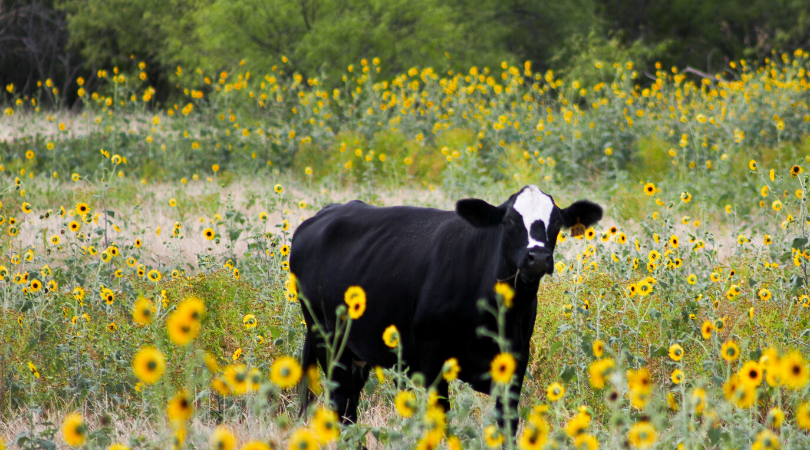We tend to overcomplicate things. A simple business that does a few things well and at scale, is a thing of beauty! It is easy to get caught in the trap of doing lots of small things. After all, if someone is making money on the calves I sell, maybe I should background them myself? If the retailer is making a killing on my beef maybe I should direct market it myself? Then my customers want pork, lamb, eggs etc. so maybe I should raise all those. Add to this farming to raise feed, developing my own heifers, raising bulls, and running a farm store. Shew! No wonder we don’t make time for strategic management of our business, when we are burning both ends just trying to keep the wheels from falling off.
When you break your business down into enterprises and examine each one separately, I bet you will find that one or two things are working well, and the rest are mostly a distraction. I’ve heard many well-intended people suggest that diversity is the path to success. I disagree. Diversity is great in ecology, but in small business diversity creates complication. Diversity is not a profit maximization strategy. It is a risk management strategy.
At a recent Executive Link meeting in Colorado Springs a member was presenting the economics of their ranching business to their board. It was clear the hay business was a money loser. Projections for the coming year showed the hay business costs were $20,000 higher than it would cost to buy the hay. If they eliminated the hay business, they could expand a cow herd that had a gross margin of $375 per head by 150 head. That would create an additional $56,000 in margin with no increase in overheads. In addition, eliminating the hay-making business would liberate approximately $300,000 in capital and free up a month a year of the family’s time. This is a perfect example of focusing on the things that are working. This isn’t to suggest that your hay business isn’t working. Maybe it is the most profitable enterprise on your ranch. Maybe your cows are the money loser! The point is to identify those enterprises with a strong gross margin that fit your passions then do them well at scale!
In running RMC, it would be easy for me to get distracted with chasing every dog that wags its tail. A partnership here, another deal there. For RMC it is the Ranching for Profit School and Executive Link that move the needle. Allowing myself to get distracted with noise takes my focus away from the goal.
What are the profit drivers in your business? How can you take what is working and do more of it with existing overheads? What are you doing in the next 12 months to simplify your business? If you need help identifying the profit driver or need help leading change in your business, that is what we do.




Hi Dallas, and thanks for this piece.
An old rancher/farmer/logger friend of mine used to love to tell me that his operation was like all of the fingers on both hands, meshing together perfectly. Somewhere along the way, it became evident that this simply wasn’t true, and I watched as each of his enterprises eventually failed. The problem was, as our world became more technically complicated, each of the enterprises he managed required a high level of competence in skill sets that are only vaguely related. Successfully running a roadside stand has little to do with maintaining modern farm equipment or being a competent grazier. It is difficult to find people who are terribly competent at lots of different things, yet a diverse business demands exactly that.
Wish you would have wrote this article for me 10 year ago
“Keep all your eggs in one basket, but watch that basket closely.”
— Warren Buffett
Good management strategy is to focus on what you do well. Good investment strategy is to spread the risk around different sectors of the economy.